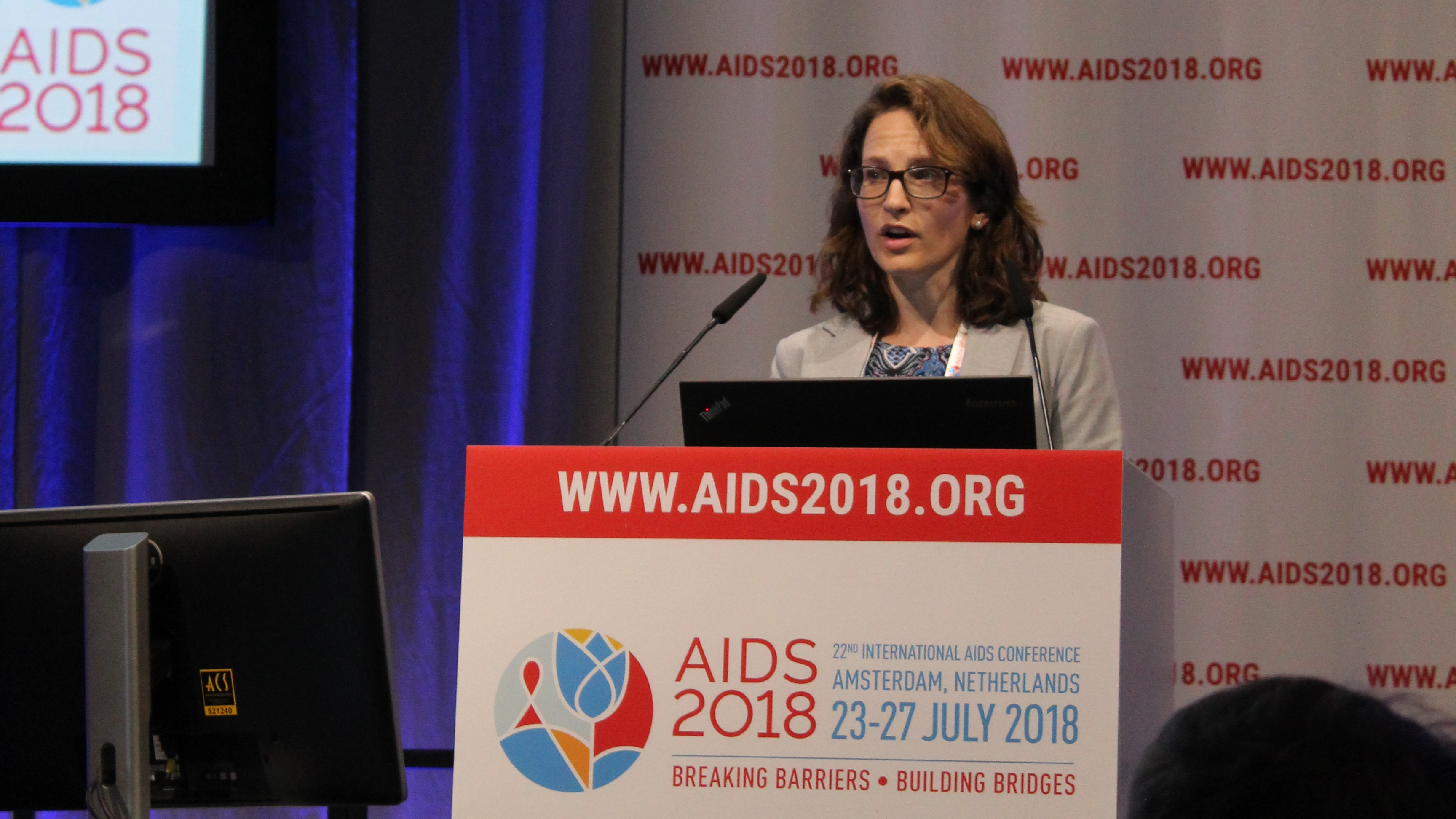
24 Aug “Unexpected” study findings may unlock key to prevention and treatment for patients with reoccurring tuberculosis
A study presented at the recent AIDS2018 conference suggests there may be multiple risk factors that cause reoccurring tuberculosis (TB) infections – not just HIV, as initially thought.
Cape Town, South Africa has a very high prevalence of reoccurring TB in its citizens – over 20% of people who have TB will go on to develop another episode of the disease within 15 years. TB is the ninth leading cause of death worldwide and the leading cause from a single infectious agent, ranking above HIV and AIDS, according to the World Health Organization.
In her study, ‘Risk factors of recurrent TB disease in a setting of high HIV prevalence’, Dr. Sabine Hermans and her team reviewed the population of people in Cape Town who experienced a first episode of TB between 2003 and 2016 and identified how often they came back with the disease. They then looked at their other characteristics to see if they could identify any factors that might be associated with recurrence.
The results were unexpected.
“We found that HIV infection was the strongest risk factor, which is what we expected. However, this was only for the development of the second episode of TB, not for any subsequent ones,” said Dr. Hermans, assistant professor with the Department of Global Health at the Amsterdam UMC and the Amsterdam Institute for Global Health and Development.
“Among those living with HIV, taking antiretroviral treatment did not help protect patients after the second episode, much to our surprise. These results make us think that there are indeed other factors, in addition to HIV, that are impact the likelihood of another infection and that antiretroviral treatment will not sufficiently protect this population.”
The population of patients previously treated for TB forms an important, key population for tuberculosis research. By further analyzing their characteristics, researchers can better understand why this group is at risk and how to better prevent and treat TB in the future.
Dr. Hermans and her team are planning a prospective study looking into potential factors, some of which include socioeconomic, clinical and microbiological.
For more information on Dr. Hermans’ work, visit AIGHD’s website.
